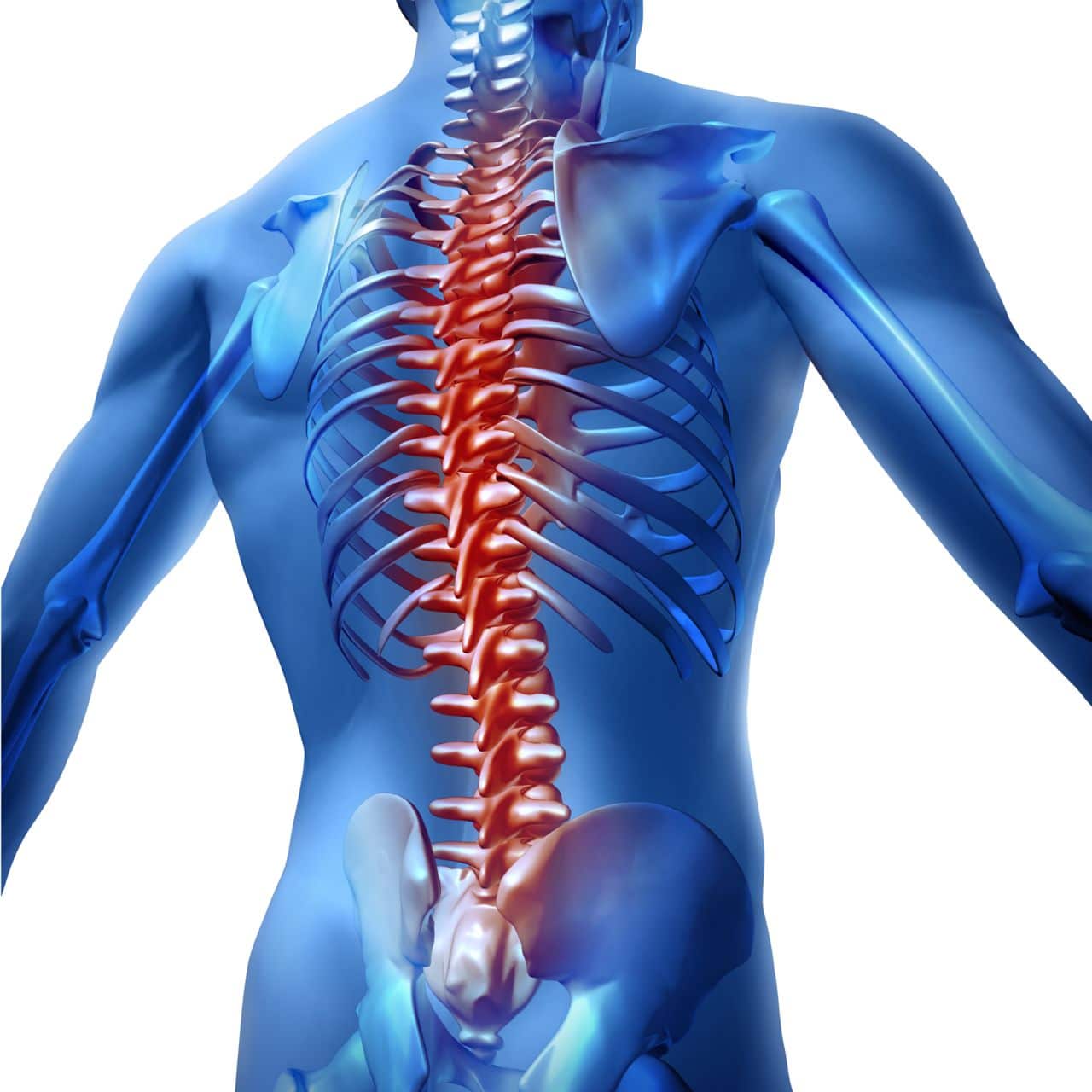
Related: Back Pain from a Rear End Collision
Ligaments
If a ligament does not heal properly, it will be loose and lax. This means the ligament will not support joints as well as healthy joints would. If it has extreme laxity, the ligament will have a decreased ability to sense the position of the joint, which could lead to joint damage. This is a permanent injury and according to the American Medical Association guidelines can result in a permanent impairment of the body as a whole.
Treatments
Conventional medical treatments can help relieve the symptoms of ligament laxity, but it won’t be able to fix the injury permanently. The best way to treat ligament laxity is through strengthening the structural weakness through natural treatments. This is usually the muscle around the affected area. Prolotherapy has been a popular way to treat ligament laxity. Prolotherapy is a regenerative injection treatment to stimulate the cells and tissue into healing. If you have been involved in a rear end auto accident, you should be examined to determine if you pain is the result of ligament laxity.


